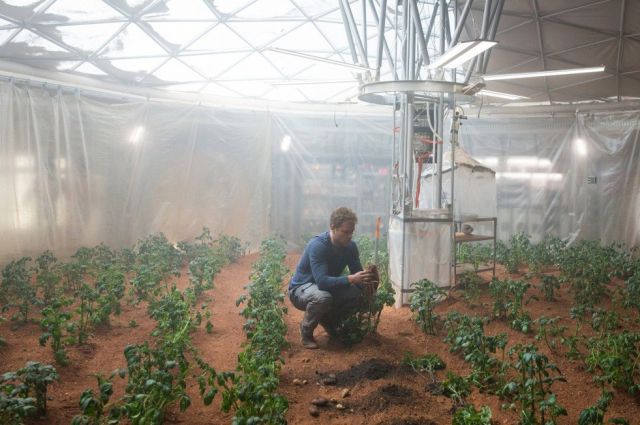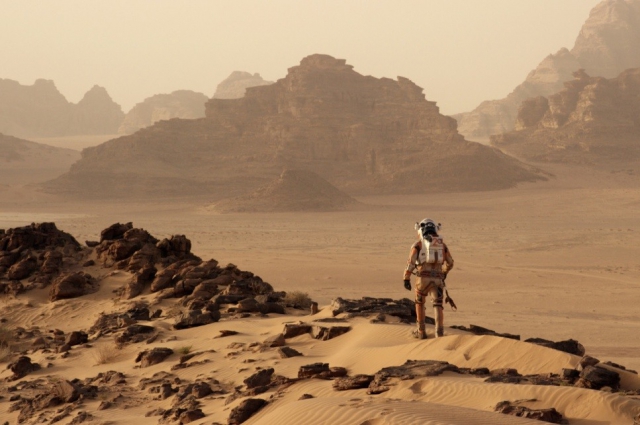Qatar is the driest country in the world, where the average annual rainfall is less 80 mm (in Moscow this figure is on average ten times higher).
Therefore, the search for new agricultural water-saving technologies is one of the most urgent tasks for the country today, Balyushi thinks.
In 2017, the neighboring countries established a blockade of this small emirate on the Arabian Peninsula, having closed common land and sea borders, as well as airspace and cut off food supplies to the country. And then Qatar set the target to reach national food staples self-sufficiency by 2030.
The first water-saving greenhouse was set up in the Al-Shahania district, 20 kilometres west of the capital Doha. It was designed by a Qatari agricultural company together with the Norwegian manufacturers.
An innovative system for saving water for greenhouses will help not only reduce water use by 90 percent, but also increase the number of vegetables grown by 20 times, the developers promise. These goals can be achieved by using modern fertilizers and a climate control system inside the greenhouse. In general, new technologies will allow using less resources on agriculture and increase its productivity.
According to the equipment developers, despite the fact that Qatar has difficult conditions for growing food due to poor soil, lack of fresh water, difficult climate - the extreme heat in combination with high humidity - nevertheless, the emirate has a great potential to develop their agriculture. In Qatar, there are two times more sunny days a year than in Holland, and thanks to modern water-saving greenhouses, you can get very good vegetable yields, eight times more than usual ones.
After two or three seasons, producers expect to bring up to 100 kg of tomatoes per square metre instead of 5 kg obtained by traditional technologies. At the same time, the developers of the innovative greenhouses assure that the increase in productivity will not require excessive water consumption.

As explained by the Norwegian engineers, on average, 60 litres of water are used for outdoor growing a tomato bush in the world. In greenhouses in deserts using a special cooling system for growing vegetables, 30 litres of water are used. The goal of creating a water-saving greenhouse is to grow a tomato bush using only one litre of water.
Qatar is a peninsula and has almost no fresh water reserves, therefore, for household needs, the emirate is forced to desalinate sea water that is taken from the Persian Gulf, or to take water from underground sources, where sea water also penetrates to.
Cold and warm water is supplied to the greenhouse through various pipes. The warm surface water passing through a special line on one side of the greenhouse will evaporate and moisten the air inside the greenhouse due to the hot desert air. The air that becomes colder and humid passes over the plants, creating a comfortable temperature around them, and then condenses due to the contact with the pipes carrying cold water from the depth. The pipes with ground water are needed so that the water vapour could condensate on their cold surface providing a constant replenishment of fresh water. Thus, a closed cycle of air circulation allows you to get additional water from vapour and use it for watering the plants.
In addition, special materials are used for the construction of greenhouses - the plastic material that can reflect heat and ultraviolet rays, so even without air conditioning, the air temperature in the greenhouse can be 20 degrees lower than the temperature outside the greenhouse.

According to the World Bank forecast, 60 percent of the Middle East will face an acute shortage of fresh water by 2040, and the amount of rain in the Gulf countries will be reduced by 20 percent.


